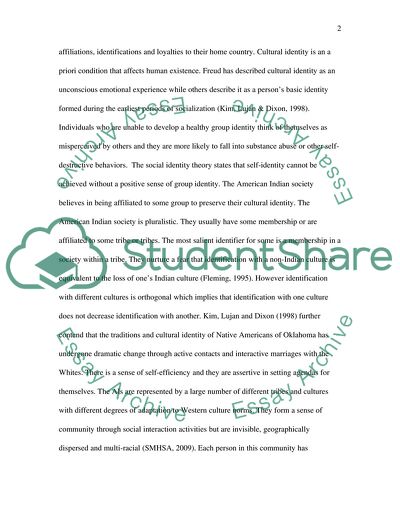Cite this document
(“Not Found (#404) - StudentShare”, n.d.)
Not Found (#404) - StudentShare. Retrieved from https://studentshare.org/sociology/1723093-intercultural-influences-on-communication
Not Found (#404) - StudentShare. Retrieved from https://studentshare.org/sociology/1723093-intercultural-influences-on-communication
(Not Found (#404) - StudentShare)
Not Found (#404) - StudentShare. https://studentshare.org/sociology/1723093-intercultural-influences-on-communication.
Not Found (#404) - StudentShare. https://studentshare.org/sociology/1723093-intercultural-influences-on-communication.
“Not Found (#404) - StudentShare”, n.d. https://studentshare.org/sociology/1723093-intercultural-influences-on-communication.


